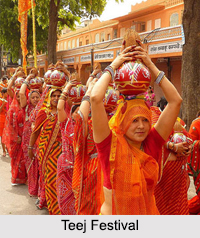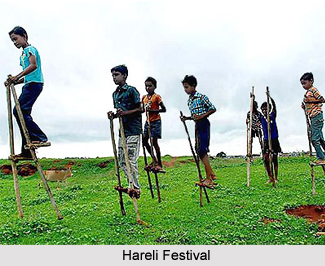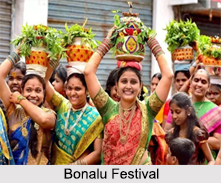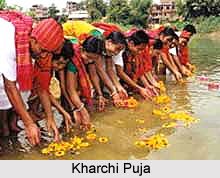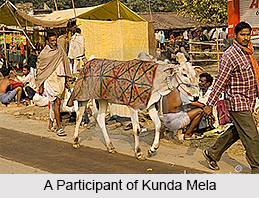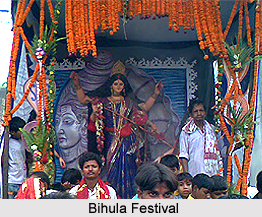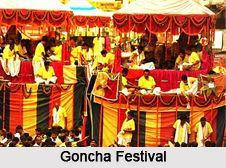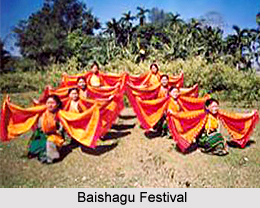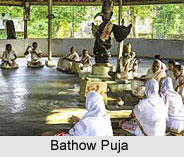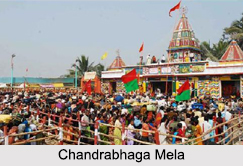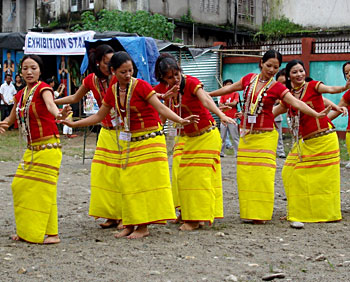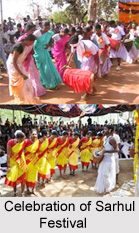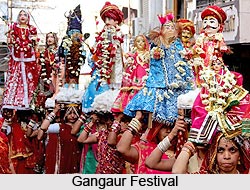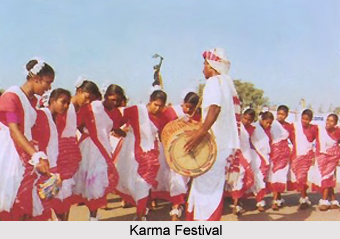Janiwara is the Brahmanical cord or thread with which children of Brahmans are devoted. This ceremony or ritual is done when the boy attains the age of seven or nine years.
Janiwara costs something considerable, and Brahmans who are poor in order to acquire it, are obliged to ask contributions from their friends. The Hindus of all castes believe they perform a meritorious act in contributing to the charges of the ceremony. The cord or thread has to be made with much care, and with many observances. The cotton with which it is formed must to be gathered from the plant by the hands of Brahmans only. This is done in order to avoid pollution. For the same reason it should be corded, spun, and twisted, by persons belonging to the Brahman caste and be always kept very pure. The ceremony of investiture with the cord is termed Upanayana.
This article is a stub. You can enrich by adding more information to it. Send your Write Up to content@indianetzone.com
